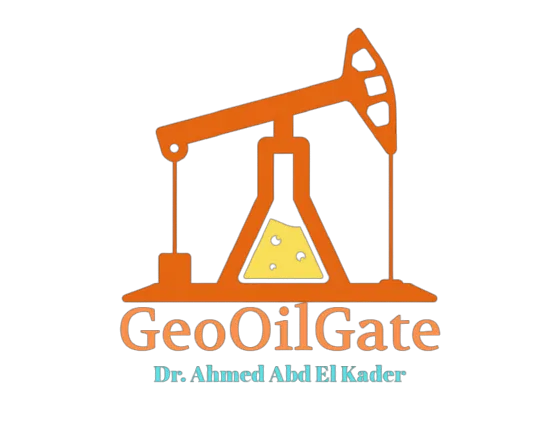The Logging-While-Drilling-geoVISION (LWD-geoVISION) tool makes later log resistivity measurements. As a formation evaluation tool, its application is limited to conductive muds. It may be run in several configurations and provides up to five resistivity measurements. The geoVISION contains a scintillation gamma-ray detector which supplies a total gamma-ray measurement. An azimuthal positioning system allows both gamma-ray and various resistivity measurements to be acquired around the borehole. Additional measurements are chassis temperature and radial and longitudinal shocks.
The geoVISION has a nominal 6.75-in (17 cm) diameter; it is meant to be run in 8.5-in (21.6 cm) holes. Designed to be a flexible component of the bottom hole assembly, the GVR6 may be connected directly behind the bit or further back in the bottom hole assembly.
resist 1.5-in (3.8 cm) tall cylindrical electrode, located 3 feet from the bottom of the tool, provides a focused lateral resistivity measurement (RING) with a 2-in (5 cm) vertical resolution, independent of the location of the RAB tool in the bottom hole assembly. Besides, the RAB sub has three longitudinally spaced button electrodes that provide staggering depths of investigation. As the tool rotates, azimuthal measurements are acquired from the button electrodes. When connected directly to the bit, the geoVISION uses the lower portion (8-in; 20.3 cm) of the tool and the bit as a measuring electrode. In this configuration, it provides a bit resistivity measurement (RBIT) with a vertical resolution just a few inches longer than the length of the bit.
The geoVISION measurements have a high vertical and azimuthal resolution. To make the most of the vertical resolution, the optimal sampling density is greater than one sample every inch. At the maximum sampling interval of 10 sec, the optimal sampling density can be achieved for rates of penetration up to 29.5 ft/hr (9 m/hr). Achieving this vertical sampling is most important when imaging.




